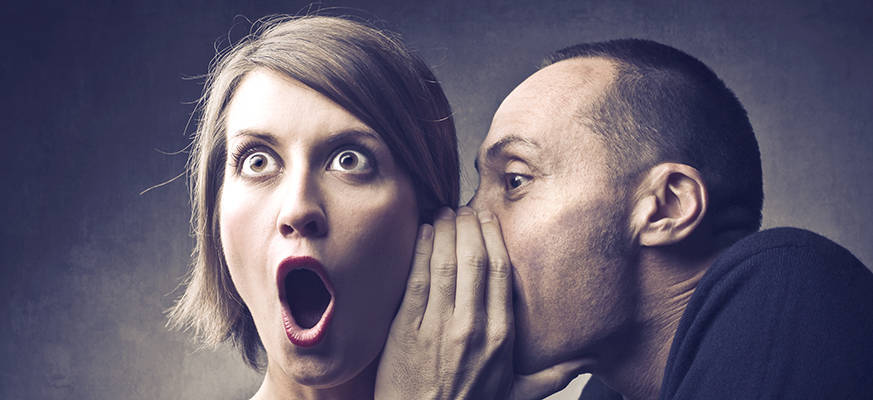
Myth #1 Migraines are a just wicked headache
Actually, headaches are just one of the symptoms of a migraine. In fact, people can experience migraines without an accompanying headache. The pain from migraines is caused by the blood vessels in the brain widening (vasodilation), while the pain from a headache is caused by the blood vessels in the brain contracting or narrowing (vasoconstriction). Migraines can also come with a multitude of other symptoms including but not restricted to nausea, vomiting, seeing light spots (auras), and sensitivity to light and sound. On top of that, while a headache will usually only last a couple of hours, migraines can last hours, days, and sometimes even weeks.
Myth #2 All migraines are the same
Definitely not. There are different types of migraines - with aura, basilar, hemiplegic, ocular migraines, these may come without a headache. A single person can have different types of migraines episode to episode.
Myth #3 No aura, not a migraine
Auras are warning signs that a migraine is imminent, but not everyone gets them. There are different types of migraines and some can come without auras. They differ from person to person and also vary from one migraine to another.
Myth #4 Only adults get migraines
People of all ages can experience migraines; adults, teens, and even children. However, younger patients can exhibit different symptoms to adults, such as stomach pains.
Myth #5 Only women get migraines
Both men and women can experience migraines. True, it is more common in women than men, with 18% of women experiencing a migraine in their lifetime compared with 6% of men.
Myth #6 Migraines last a couple of hours
Sometimes, yes. However, they can last 72 hours or on occasion, even longer.
Myth #7 Everyone has a specific trigger
With so little understood about migraines, there is negligible conclusive research on their triggers. They can come in combinations, change over time for each individual and sometimes a migraine sufferer won’t be aware of their triggers at all.
Myth #8 Certain foods trigger
It was commonly thought that if you stay away from triggers such as chocolate and alcohol, you will not experience migraines, but not necessarily. Each episode is unique and the same trigger may not have an effect. Also, a migraine can be unrelated to diet depending on the individual.
Myth #9 Migraines do not affect your daily business
Yes, they do. Depending on the person, it can impact their work, daily activities and social life. For instance, a headache will make it hard to concentrate while nausea will interrupt your work as you rush to the bathroom to heave. Other symptoms of migraines like light and sound sensitivity can feel like a killer hangover and riding it out in a dark, quiet room for hours is often the only option to minimise the pain.
Myth #10 Migraines are not life-threatening
Attacks can range from disabling to stroke-inducing. In rare instances they can result in permanent loss of vision, falling into a coma, and even death. It is recommended that if you suffer from migraine-like symptoms, you get a proper diagnosis from an expert. If your symptoms change from your usual migraine, seek urgent medical attention as it could be a sign of something more serious such as a haemorrhagic stroke.
Myth #11 Migraines are caused by stress and depression
Rather than psychological factors, migraines are neurological, that is, a physiological change in the brain as the cranial blood vessel widen. At this point, the dilated vessels trigger the nerve endings to release neurotransmitters and they help develop a migraine.
Myth #12 You just have to live with it
In the past, grisly treatments for migraines included drilling holes in the head (trepanning), bloodletting, applying hot irons to the skin and rubbing opium or vinegar on the skull. Unsurprisingly, none of these were beneficial treatments.
While it’s correct that little is truly understood about migraines and there is no cure yet, but they can be managed. You can work with your doctor or pharmacist to identify your triggers either individually or in combinations.
With increased awareness, anti-migraine campaigns can eventually fund further research into migraines, their causes, triggers and prevention.
If you suffer from migraines, Pharmica offers fast and effective treatment for migraines
generally characterised by a severe throbbing headache, heightened sensitivity to bright
light and loud sounds, nausea, and vomiting.
Find your Migraine treatment now
“Best prices I've found online. Fast and easy consultation
process with no consultation fees.”
— Ricardo